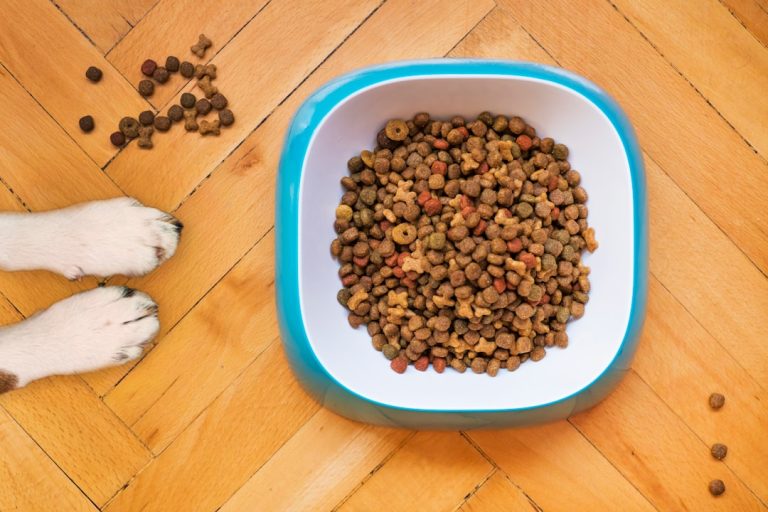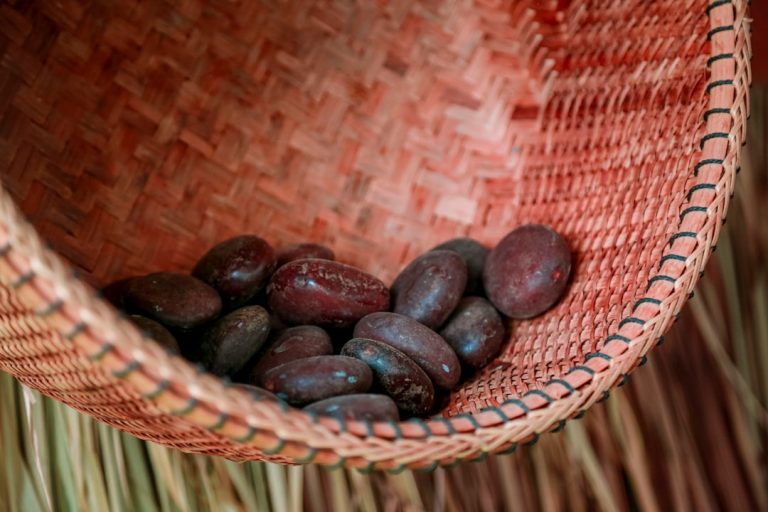My In-depth Review: Reusable Coffee Cups (which One Keeps Your Drink Hot Longest?).
My In-depth Review: Reusable Coffee Cups (which One Keeps Your Drink Hot Longest?)
Ah, the morning ritual. That first glorious sip of hot coffee, a comforting warmth that kickstarts the day. But how many times has that joy been cut short, your once-steaming brew turning tepid long before you’ve finished? For me, it was one too many. As someone who cherishes a consistently hot beverage, whether I’m commuting, working at my desk, or enjoying a leisurely weekend stroll, the quest for the ultimate reusable coffee cup – the one that truly keeps your drink hot the longest – became a personal mission. This isn’t just about convenience; it’s about maximizing that precious coffee moment and minimizing waste. I’ve put a variety of popular reusable coffee cups through their paces, not just for looks or leak-proof claims, but with one primary, burning question in mind: which one stands as the undisputed champion of heat retention?
The Personal Mission: Why My Coffee’s Temperature Obsession Led to This Review
My journey into the world of reusable coffee cups started, like many, with a desire to reduce my environmental footprint. Single-use cups, often lined with plastic, are a well-documented problem for our planet. But quickly, my eco-conscious choice evolved into a fervent pursuit of thermal perfection. I’m not just a coffee drinker; I’m a *hot* coffee drinker. Lukewarm coffee is a compromise I’m no longer willing to make. I needed a cup that could withstand the chill of an early morning, the air conditioning of an office, or the slow pace of a weekend morning, all while preserving that initial warmth. This meant moving beyond anecdotal evidence and into a structured, real-world testing environment. I wanted to understand not just if a cup kept coffee hot, but how long, and why some excelled where others failed.
The market is saturated with options – stainless steel, ceramic, glass, bamboo, plastic. Each boasts unique features, but only a select few truly deliver on the promise of prolonged heat. My goal with this in-depth review is to cut through the marketing jargon and give you an honest, practical breakdown based on my direct experience, focusing squarely on the metric that matters most to me (and perhaps you): sustained heat.
Decoding the Heat Keepers: What Makes a Reusable Cup Truly Insulated?
Before diving into the specifics of my testing, it’s crucial to understand the science behind why some cups keep your drink hot longer than others. It primarily boils down to two key principles of heat transfer: conduction, convection, and radiation.
- Conduction: Heat transfer through direct contact. A thin, single-walled cup allows heat to escape rapidly through its material.
- Convection: Heat transfer through the movement of fluids (liquid or air). Hot liquid inside the cup transfers heat to the cooler air outside, or hot air inside transfers to cooler air outside the cup.
- Radiation: Heat transfer through electromagnetic waves. Hot surfaces radiate heat into their surroundings.
The Magic of Vacuum Insulation
The most effective reusable coffee cups employ vacuum insulation. This technology creates a vacuum seal between two walls (typically stainless steel). A vacuum is essentially empty space, and because there’s no air or matter in that space, heat cannot transfer through it by conduction or convection. This dramatically slows down the rate at which heat escapes your beverage. Some high-end models even have reflective coatings (often copper) on the interior of the outer wall to further minimize heat loss via radiation. This is the gold standard for thermal performance, and it’s what I was primarily looking for in my top contenders.
Lid Design and Material Matters
Beyond the cup body, the lid plays a critical role. A poorly designed lid can be a major culprit for heat loss, especially through convection. Look for lids that are:

- Tight-fitting and leak-proof: A good seal prevents steam (and thus heat) from escaping.
- Insulated: Some lids are also double-walled or have silicone gaskets to further trap heat.
- Easy to open/close securely: Flimsy open/close mechanisms can lead to unintentional heat loss.
Materials also matter. While stainless steel is king for insulation due to its durability and non-reactive properties, other materials like ceramic linings can improve the taste experience without significantly compromising insulation if paired with a vacuum-insulated outer shell. Glass and single-walled ceramic or plastic cups, while aesthetically pleasing or lightweight, are generally poor performers when it comes to keeping drinks hot for extended periods.
My Hands-On Thermal Endurance Challenge: The Cups I Put to the Test
To provide a truly in-depth review, I didn’t just casually sip and guess. I developed a standardized testing protocol to ensure fair and comparable results across all contenders. Here’s how I approached my thermal endurance challenge:
- Standardized Initial Temperature: Each cup was filled with 350ml (approximately 12 oz) of freshly brewed coffee, heated to an initial temperature of 85°C (185°F). This is a typical serving temperature for hot coffee.
- Consistent Environment: All cups were placed side-by-side on my kitchen counter, away from direct sunlight or drafts, at a consistent room temperature of 21°C (70°F).
- Timed Temperature Readings: I used a reliable digital thermometer to measure the coffee’s temperature at regular intervals: 1 hour, 2 hours, 4 hours, and 6 hours.
- Lid Protocol: Lids were kept securely closed between readings, only opened briefly for temperature measurement, mimicking real-world use.
- Subjective Taste Test: Alongside objective temperature data, I also noted the subjective warmth and taste experience at each interval.
I selected a range of popular and highly-rated reusable coffee cups for this test, focusing on those that primarily advertised strong insulation. For the sake of this review, I’ll refer to them by their characteristics rather than specific brand names, as my focus is on the *type* of cup that performs best.
- The Classic Vacuum-Insulated Stainless Steel Mug: My baseline, known for robust performance.
- The Ceramic-Lined Vacuum-Insulated Mug: A hybrid aiming for taste purity and heat retention.
- The Trigger-Action Vacuum Travel Mug: Often praised for its one-handed operation and tight seal.
- The Screw-Top Insulated Tumbler: A popular design with a simpler screw-on lid.
- The Double-Walled Glass/Plastic Cup: Included to see how non-vacuum double-wall designs fared.
The Unveiling of Warmth: Which Reusable Coffee Cups Triumphed in Heat Retention?
After hours of meticulous monitoring and countless sips, the results were clear. There was a definitive hierarchy in heat retention, and the principles of vacuum insulation truly shined.
The Undisputed Champions: Vacuum-Insulated Stainless Steel
Unsurprisingly, the cups employing robust vacuum-insulated stainless steel construction consistently outperformed all others. Specifically, the Trigger-Action Vacuum Travel Mug and the Classic Vacuum-Insulated Stainless Steel Mug were neck and neck at the top.
- Initial Temperature (0 hrs): 85°C (185°F)
- After 1 hour: Both maintained temperatures around 80-82°C (176-180°F). Still piping hot.
- After 2 hours: Temperatures hovered around 70-75°C (158-167°F). Very hot, still enjoyable.
- After 4 hours: This is where the separation truly happened. These two cups were still holding strong at 58-62°C (136-144°F). This is well above the “lukewarm” threshold and perfectly drinkable.
- After 6 hours: While noticeably cooler, they still registered around 48-






